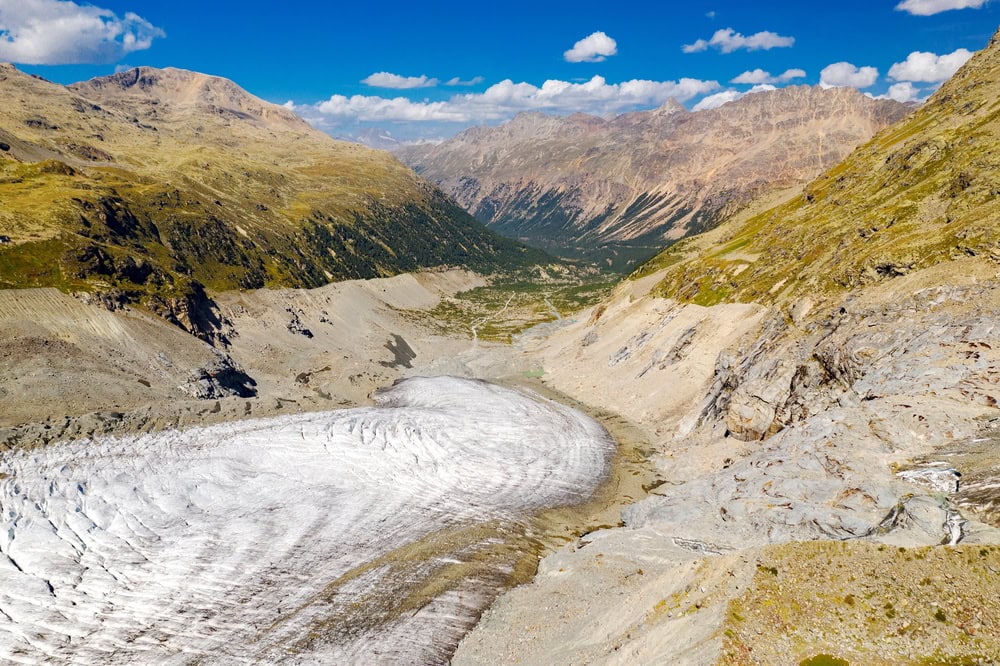Shock absorbing floors for playgrounds and recreational facilities
According to the BFU, 9000 children and 2000 adults have accidents on playgrounds and recreational facilities every year. The cause of many accidents (50 %) is due to a fall, whereby falls from a greater height can lead to serious injury. Clear fall spaces and shock-absorbing floors are effective measures to minimize the consequences of injuries.

In addition to playgrounds, many street workout, outdoor fitness and parkour facilities for adults have been built. These are actively used. The corresponding consequences are more falls, some of which are unavoidable, but whose consequences must be mitigated. Each of these facilities has its own safety standard according to Swiss and European requirements, and there is also a requirement for adequate fall protection to prevent serious injuries. The playground standard SN EN 1176 and the test method SN EN 1177 are used to evaluate the fall-absorbing properties of floors.
Two types of fall protection floors
Basically, there are two types of fall protection floors. On the one hand, these are loose materials, such as wood chips, bark mulch, round gravel and sand, or site-bound ones, such as fall protection slabs made of rubber granulate and jointless, cast synthetic fall protection surfaces. In recent years, turf grids have become increasingly popular. They consist of a mesh of rubber with turf growing through the spaces between them. Turf and topsoil are considered fall protection for a maximum fall height of 100 cm.
For loose fall protection, the "grain size" of the material and the installation depth are decisive for the fall-absorbing properties of the floor. The installation depth depends on the maximum free fall height, i.e. the highest position on the play equipment from which a fall can occur. For example, up to 200cm fall height, a layer thickness of 20cm + 10cm (playground effect) is required. From 200cm to 300cm, it is 30cm + 10cm (playaway effect). The specified "grain sizes" differ depending on the chosen material. For the very popular wood chips 5-30mm are allowed, for round gravel 0.25-8mm. Deviating from these masses, according to SN EN 1176 certified loose fall protection material, the grain size and the layer thickness to be applied may differ.
The different fall protection surfaces vary in terms of costs, minimum installation thicknesses, and cleaning and maintenance requirements. The most important property of these coverings is always the safety-relevant shock absorption. This refers to the property of the floor to absorb and dissipate the impact energy of a fall. This is intended to prevent critical, i.e. life-threatening, injuries to the person who falls as far as possible.
SN EN 1177 describes the test procedures
SN EN 1176 specifies the requirements of playground floors and their shock absorption. SN EN 1177 describes the procedure for testing the floors. By means of the HIC value, the shock-absorbing properties and the critical drop height can be determined.
More info: In the issue SAFETY-PLUS 4/20 on October 28, the detailed technical article "Playground Safety" will be published. For this purpose, the technical article will appear in the issue SicherheitsForum on September 7. You can download a sample number request here free of charge.
www.safetycenter.ch/spielplaetze









